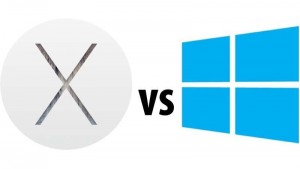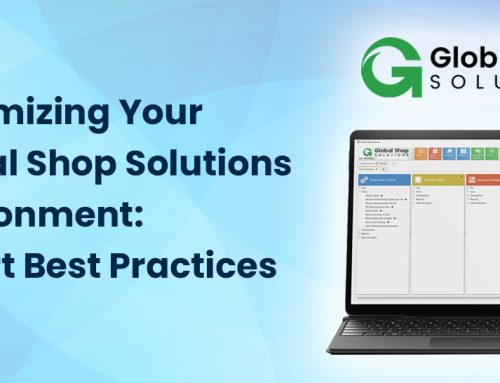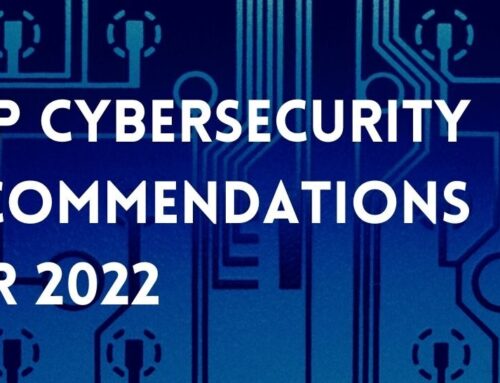
There are three primary technology platform companies that provide core functionality for small and midsize business users: Microsoft, Apple, and Linux. Linux, also known as open source software is freeware primarily supported by a network of independent enthusiasts and companies who are committed to the idea that data should be free. Admirable as it may be, Linux holds only about 1.5% market share (according to netmarketshare.com) and will not support most standard business functions. Which really leaves two platforms for a small or midsize business to run their companies: Microsoft (Windows) or Apple (Macs OS). As an IT Services provider, we cover the entire function of technology for our customers. We make no illusions about the fact that we are a Microsoft shop and prefer Microsoft technology as a business solution. Nonetheless, many of our customers have Apple devices in their environment, which we happily support. Several of our employees run Macs in their personal lives. So why would we make such a strong comment as to say Macs are a bad solution for business? It seems rather harsh, doesn’t it?
Apple is an undeniably admirable company. Until a recent stock dip they were the most valuable company in the history of the world, they make beautiful looking hardware, and they have revolutionized the way every technology using human interfaces with the digital world. Their hardware is stable and sound, they have relatively few security issues (which is becoming less and less true as their market share grows) and Mac users swear by them with almost cultish devotion. So why go against the grain? What’s our beef?
Architecture
Macs historically have an advantage over PC’s in architecture because they designed both the hardware and the operating system. In order to push Macs more mainstream (and likely to cut costs) Macs now use the exact same components as a PC, with Intel chips and similar features. The downside to the single manufacturer architecture (the pro-PC argument) is that Mac’s have never had the same application availability as Windows. This has also changed as more applications have moved to the cloud and manufacturers like Microsoft have put more emphasis on creating Mac compatible apps.
With these pros and cons neutralized, Microsoft wins because they own the server operating system game. If you have a growing company, you NEED centralized architecture, and Microsoft delivers the gold-standard. Why?
Because you need to have one system (a server, whether its in your office or the cloud) that controls everything your user does with your business. With Microsoft solutions, you could cancel an employees account within five minutes and cancel their access to every business app that user could access in your ecosystem. With a Mac user, you could have to individually cancel every user account he accessed (working files, email, social media, SalesForce.com, QuickBooks, etc. etc) This could take all day and could prove untenable if you are growing quickly.
Distribution & Support
Macs have always had extremely narrow distribution channels. Their margins are very high, and they protect them by making it exceedingly difficult for providers to resell their products. This serves Apple customers poorly in in our opinion. IT Services companies like us can’t do the warranty claims and hardware repairs that we do so easily with PC’s. Therefore, our customers use us to support the software on the machine, but have to drive down to the Apple store or visit a very limited number of Apple Pro resellers to deal with their hardware. This is inconvenient.
Further, after clients have had a couple hardware issues with Macs (which do happen by the way, remember they have the same guts as PC’s now), and have heard us evangelizing that PC’s would be easier for us to support, users often switch to PC’s. If Apple were to make it easier for IT Services companies supporting SMB’s to help their customers, we would rep their product with equal opportunity.
Costs
A loaded Surface ProBook, which has many features you can’t get on a MacBook Pro (like the awesome touch screen) would cost somewhere around $2500, while an equivalent Mac might be well over $3000.
A more typical PC might cost 60% of an equivalent Mac.
Mac makes beautiful hardware, but if you have a finite technology budget there are much better ways to spend your technology bucks. In our eyes, the fanaticism and devotion that users feel to Apple translates into higher hardware costs AND higher support costs, as it is inherently more difficult to support Macs in an otherwise PC environment. So business managers who cater to this should be aware that it is more about user perception than functional reality.
It’s our opinion that the greatest trick that Apple ever pulled off is making its users think that “everything just works on a Mac”. If you are a small creative firm, not planning on growing, who accesses all mission critical apps from the cloud, that statement is probably true. But if you are a business cresting over the 10, 20, 30 user mark, you will have more problems and spend a lot more money with a Mac solution.
Want to hear more about how we can consult and improve your business’ technology infrastructure with more advice like this? Contact Upward Technology today!






Leave A Comment